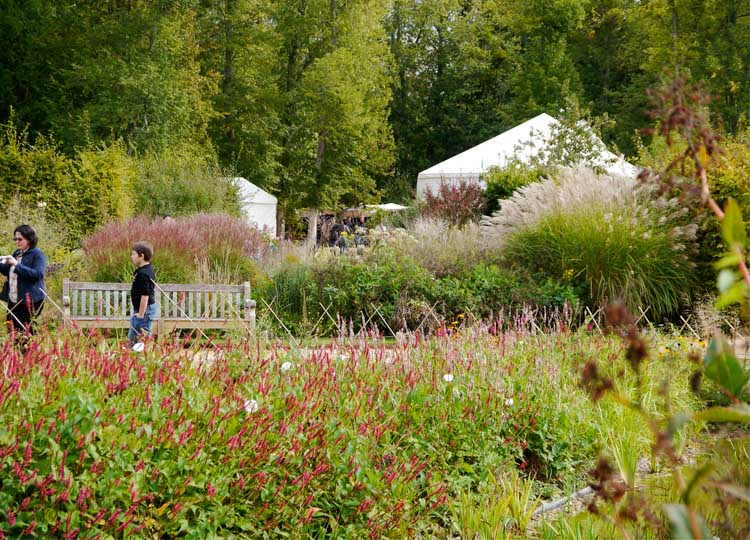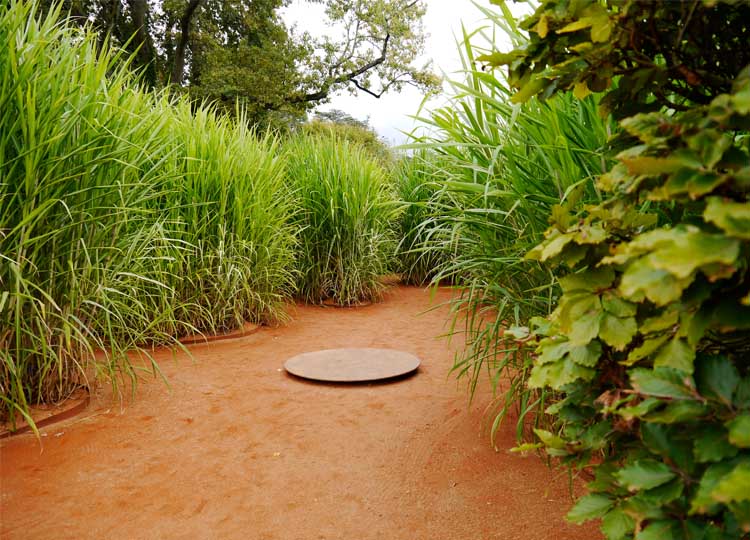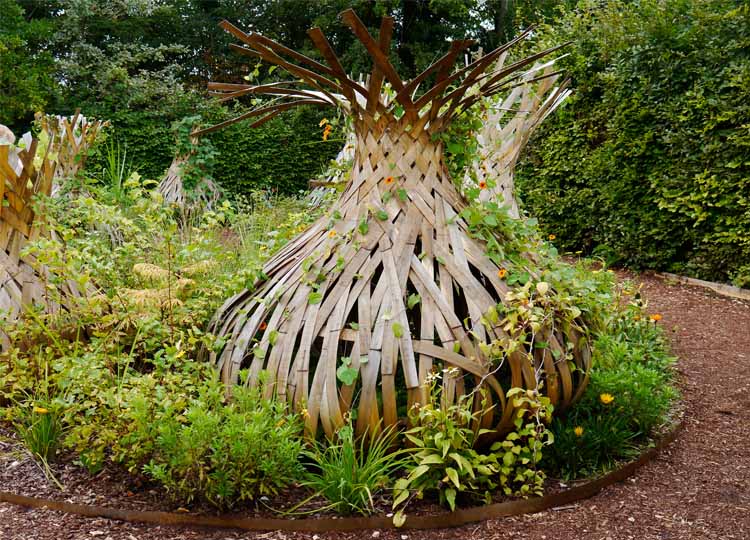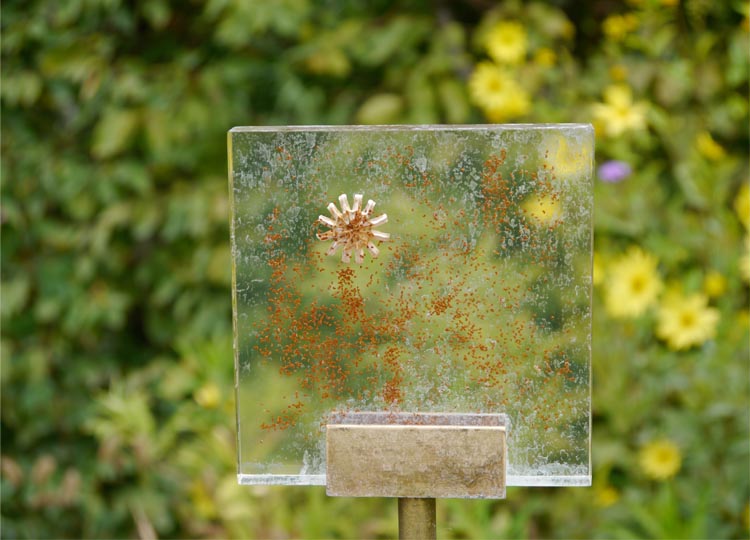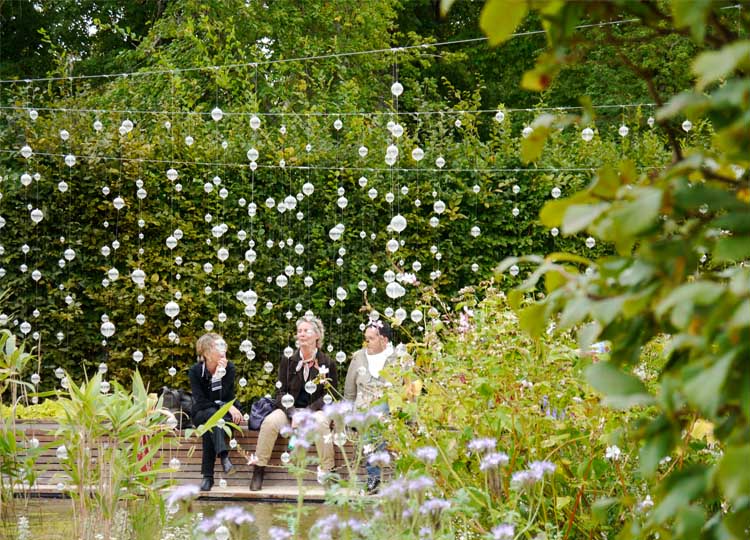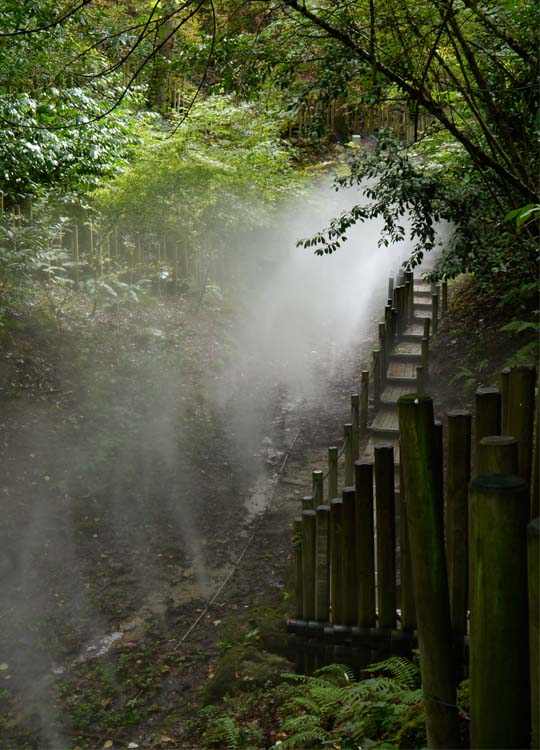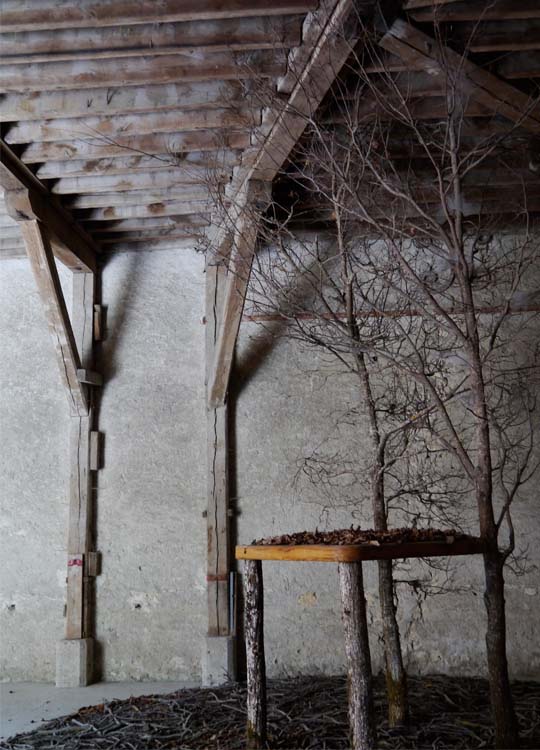Most designers, art lovers and recent visitors to Chicago will be familiar with Millennium Park.
A special project of former mayor Richard M. Daley, Millennium Park converted a vast lakefront railyard into a spectacular public parkland. Leading architects, artists and landscape architects including Frank Gehry, Anish Kapoor and Kathryn Gustafson were amongst those involved in bringing Daley’s Millennium Park vision to reality.
Less well known today is Garfield Park. Located in Chicago’s west side, it was opened in 1874, one of three great western parks and pleasure grounds built for this part of the city.
Jens Jensen, acknowledged as the pioneer of prairie-style landscape architecture, (yep, landscape's Frank Lloyd Wright) was superintendent of the western parks system, implementing many significant architectural and landscape projects at Garfield Park.
The focal point of the park is the Conservatory, particularly the ornate and popular Palm Room. One of the largest in the United States, the conservatory encloses over 18,200m2. It's a lovely place to take a turn around, and I can imagine it being quite the destination in its day.
Sadly, a 2011 hailstorm damaged large sections of glass in the display and production greenhouses, and repairs to some parts of the buildings are still underway.
Behind the conservatory lies a new park.
The City Garden aims to provide additional parkland and green linkages in this park of the city.
The central organizing element is a large lawn. Its elliptical shape is a tip of the hat to a shape that Jens Jensen once used to define spaces within Garfield Park.
Beginning the journey around the great lawn.
A large landform wraps around one edge of the lawn. From its summit, the dramatic Chicago skyline is visible in the distance.
The lawn tilts up into an encircling landform.
The 442 metre, 108 storey Willis Tower, (the artist formerly known as the Sears Tower) can be seen above the Palm House.
Different plant communities thrive in the varying conditions – shady and protected, sunny and exposed, flat or sloping. They enclose the lawn, frame the Palm House and shield the working conservatories.
Small paths weave their way through the planting, like streams braiding their way to the lake.
A gravel garden allows you to steps off the paths altogether. Here, the entire ground surface is gravel, interspersed with flecks of blue glass. Plants that tolerate hot, dry environments take centre stage. Oh my hat, don't they look spectacular in the summer sun.
A lily pond, empty for cleaning and maintenance when I visited, is off to the side, and traversed by a bridge.
The bridge continues the curve of the great lawn.
Details on the bridge are repeated elsewhere, particularly those using reinforcing steel as columns to support plants and climbers. I love the way the endcaps on the reo towers almost seem to reference details from Frank Lloyd Wright Midway Gardens, another great Chicago landscape, now sadly lost.
Heading back to the great glass conservatory you pass by a childrens’ garden, rows of tiny plastic shovels at the ready.
Finally, there is a great bluestone terrace, looking out over the entire landscape.
The big Chicago sky sits above the big green lawn. Yet strolling the City Garden allows the beauty of every individual plant to be experienced up close.
What do you think?
What aspects of the City Garden would you consider using in other parks and gardens? Could the gravel garden be created using crushed recycled concrete instead? Would you consider using the reinforcing cages as sculptural plant supports? And what about the idea of using different types of pathways to encourage different ways of moving through the garden?
I’d love you to leave a comment below letting me know.
If you know someone who’d enjoy reading this article be sure to share it, and check back soon to visit another Great Park.
Garfield Park Conservatory and City Garden is located at 300 North Central Park Avenue, Chicago. Read more about the park’s history, activities, events, how to get there, and ways to be involved in the conservancy at the Garfield Park Conservatory website.
The City Garden was designed by Hoerr Schaudt.











































